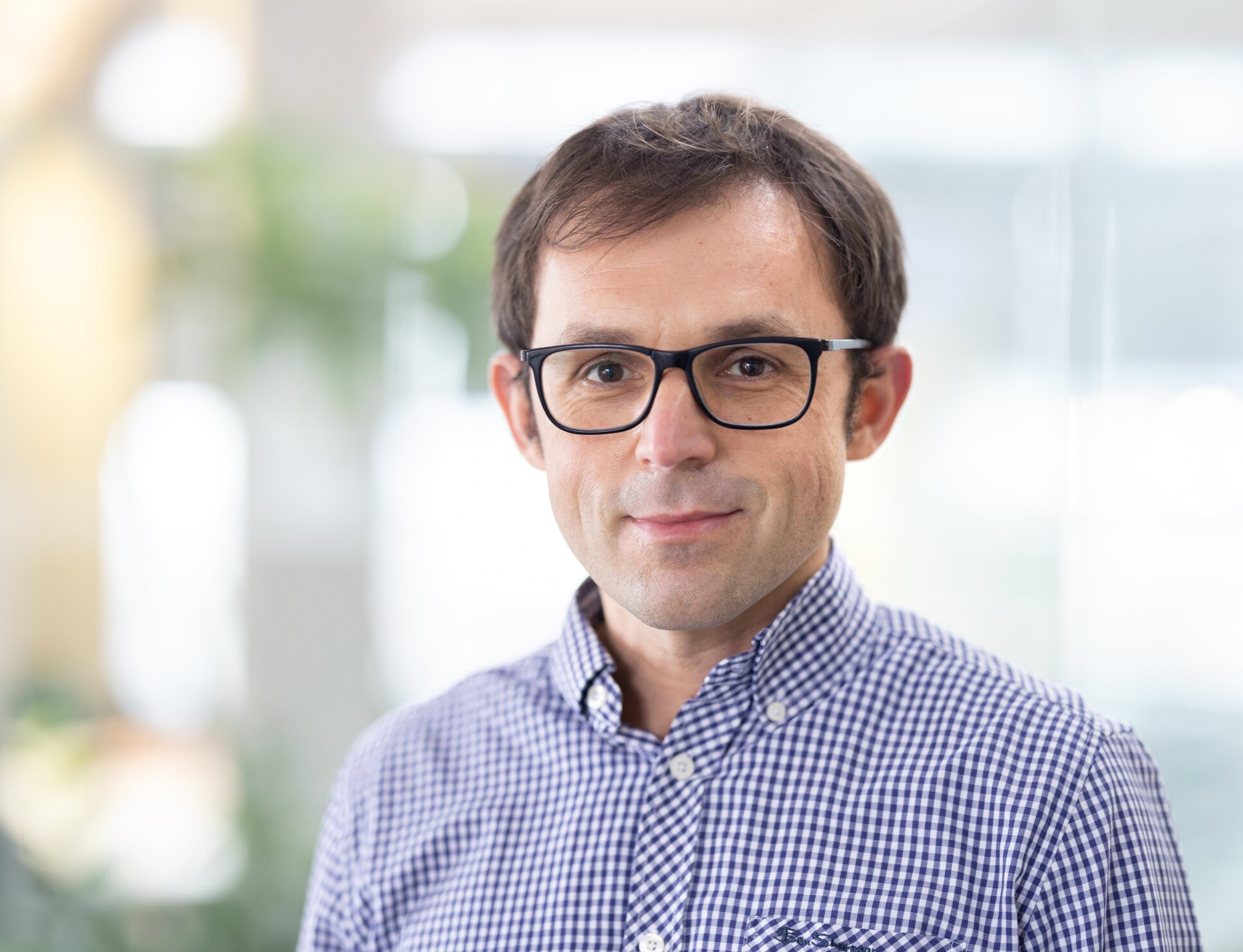Life Sciences celebrates academic promotions


The annual promotion round has seen 11 academics from the Department of Life Sciences promoted.
Professor Dan Davis, Head of Life Sciences, said: ‘It’s wonderful to see so many people progressing their careers, through outstanding research, teaching and citizenship, so that they deserve promotion.
And thanks everyone who was part of the process this year, including all our panel members, line managers, and those who wrote reference letters.’
Life Sciences Promotions
New Senior Lecturers:
Abigail Clements, Tiago Dias da Costa
New Readers:
Jose Jimenez, Gerald Larrouy-Maumus, Will Pearse, Tony Southall, Nikolai Windbichler
New Professors:
Doryen Bubeck, Professor of Structural Immunology
Samraat Pawar, Professor of Theoretical Ecology
James Rosindell, Professor of Biodiversity Theory
Joe Tobias, Professor of Biodiversity and Ecosystems
Below we meet four of our newly promoted academics:
Dr Jose Jimenez, promoted to Reader

I am a molecular microbiologist and have enjoyed a diverse career that allowed me to work in diverse topics always aiming to obtain a quantitative understanding of biological systems. After earning my PhD in Spain investigating how microbes remove pollutants from the environment, I conducted postdoctoral stays in Spain and the United States, before establishing myself as an independent academic in the UK at the University of Surrey prior to joining Imperial in 2020.
My research focuses on several topics at the interphase between synthetic biology and evolution. While at heart I am a scientist interested in fundamental research (the hows and whys), I cannot refrain from using this knowledge to our advantage, engineering biological systems for diverse biotechnological applications in health and the environment. Examples of both aspects include understanding what I like to call the economics of the cell: the idea that the resources inside cells are limited and biological systems have evolved smart ways of optimising their allocation so that they can efficiently express the genes they require to thrive. As examples of applications, in my group we are engineering microorganisms that can use as food unwanted waste such as plastic, turning it into molecules of added value that can be used for making different types of drugs and materials.
Besides academic research, I hope that this work will have a real impact in society and I work alongside different companies interested in the circular economy. This also permeates into my teaching, and I feel extremely proud of my students pursuing careers in synthetic biology developing solutions for a more sustainable future.
Dr Nikolai Windbichler, promoted to Reader
Carl Sagan’s book “Cosmos”, from 1980, featured an artist’s impression of a DNA helicase in action. That image set me on a path that I’m still on today. Approaching biology with the mindset of an engineer, I have always been interested in the possibilities of tinkering with DNA and discover novel ways we can manipulate genomes for a specific purpose. This is the fun part – and students love it too.
The work of my research group involves genetic engineering but it’s really about the engineering of genetics. Together with my colleagues at Imperial, I have pioneered a technology called gene drive. It involves engineering genes with biased inheritance patterns and allows to genetically alter not only individuals but entire biological populations. Gene drive could be applied to control harmful insect disease vectors such as the malaria mosquito or agricultural pests, and by demonstrating its effectiveness we have kick-started a growing research field.
Recently, we have started transferring our expertise and research capacity to partner institutions in Africa and are contributing to efforts to establish the social and regulatory frameworks for field testing and potential deploying this technology in the future.
What motivates me is the possibility of contributing to the elimination of a major infectious disease of humans if we can find a way to bring the technology to application. That thought propels me to get up, deliver the kids to school, and hop on a bus to South Kensington even on a cold and rainy London morning.
Professor Doryen Bubeck, promoted to Professor of Structural Immunology
Dr Gerald Larrouy-Maumus, promoted to Reader
Over the last years, at the Centre for Bacterial Resistance Biology, my laboratory has developed cutting edge expertise in biochemistry, lipidomics and metabolomics of bacterial pathogens. The major aim of my laboratory is to understand how mycobacterial metabolic flexibility impact drug resistance (AMR) and immune persistence. We study mainly the pathogen Mycobacterium tuberculosis which remains one of the top killers worldwide with over 1.5 million death per year. By being able to understand how the pathogen can adapt and cope to host environmental cues and by interfering with this process, we hope to provide new route to develop new and shorter treatments.
As well, my lab is pioneering bacterial antibiotics susceptibility testing on intact bacteria using lipids for identification and read-out of AntiMicrobial Resistance using routine MALDI-ToF, the workhorse of clinical microbiology labs worldwide. That work has led, in 2022, to the commercialisation of a kit named MBT Lipid Xtract™ Kit (RUO, Bruker) that allows the rapid detection, within 30 mins of bacteria resistance to last resort antibiotics.
In the near future, we aim to maximise our impact by providing new diagnostics solutions to the current clinical unmet needs in the field of AMR and providing innovative route to tackle Tuberculosis.
Article text (excluding photos or graphics) © Imperial College London.
Photos and graphics subject to third party copyright used with permission or © Imperial College London.